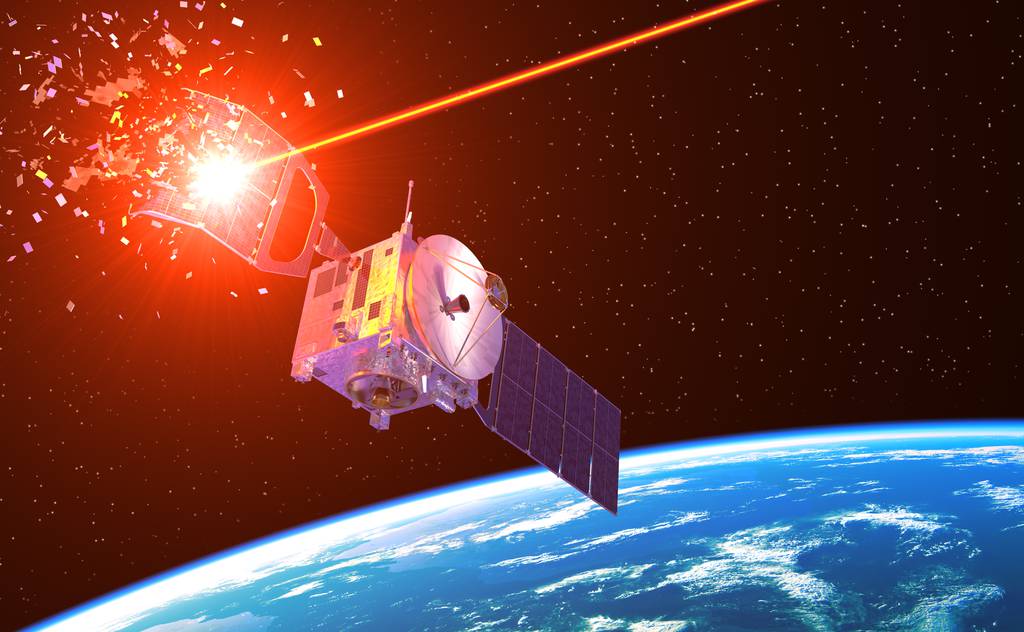Las armas ASAT tienen dos categorías principales: las armas de ascenso directo lanzadas desde la tierra por estaciones terrestres fijas o móviles, embarcaciones marítimas y aeronaves al espacio y las armas coorbitales que se colocan en órbita a la espera de una orden de ataque. Las armas ASAT pueden alcanzar sus objetivos en cuestión de minutos.
Recent development and testing of anti-satellite, or ASAT, weapons have become a more prevalent threat as some nations are testing the boundaries of a space domain that had previously been out of reach.
These weapons are designed to disable, de-orbit or destroy satellites in orbit to create a significant disruption in the capabilities and economy of the targeted nation.
ASAT weapons have two main categories: Direct Ascent and Co-Orbital. Direct Ascent Weapons are launched from the earth by fixed or mobile ground stations, sea vessels and aircraft into space. Co-Orbital weapons are placed in orbit, awaiting a command to attack.
The current doctrine of defense of the space domain in low and near-Earth orbit is woefully inadequate. The U.S. can no longer rely on the distance of orbiting assets to ensure safety. ASAT weapons can reach their targets within minutes, giving no time for operators to identify the threat and the target, making it nearly impossible for ground controllers to respond.
The ability to detect the launch itself, especially co-orbital, is limited due to the gaps in space domain awareness. If a satellite were attacked, the first indication of the attack would likely be the loss of the satellite, and the origin of the launch would not be immediately known.
The integration of ASAT weapon countermeasures will be necessary on future military satellites in order to responsibly protect the asset from these explicit threats. An ideal system would be able to detect, divert, evade, or intercept. A detection system utilizes a sensor package to identify and locate the threat to determine the best course of action, with the added benefit of increasing space domain awareness and early warnings of possible co-orbital ASAT weapon maneuvers.
Diversion of the weapon could be accomplished through active interference of targeting system sensors. Evasive repositioning would allow the targeted satellite to make emergency maneuvers outside the ASAT weapons kill zone. Finally, kinetic interceptors should be available to neutralize threats when other options are unavailable.
Including a doctrine of space domain defense will discourage the use of ASAT weapons by increasing the cost and difficulty of attacking space assets. Systems that respond to both direct ascent and co-orbital ASAT weapons threats would be a valuable defensive addition to critical space-based surveillance, communications and defense systems.
The key to robust Space Domain Defense is autonomous defensive systems–a necessity due to the short response time requirement, which prohibits assistance from earth-based facilities and cannot be jammed. Additionally, such a system should use a variety of on-board satellite data inputs to quickly recognize a hostile attack threat.
Fuente: https://www.c4isrnet.com


